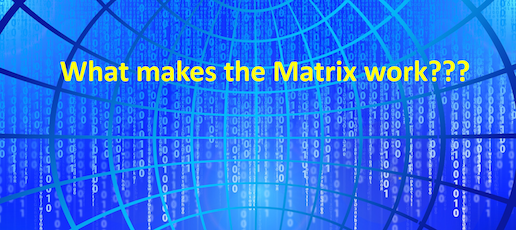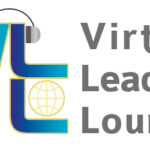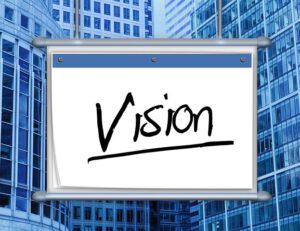Behaviour is key to make any Matrix structure work
Years ago I worked in a multinational company where we used a Matrix Organisation to run all global and local projects. This is of course a well-known approach and we spent quite some time to make it really work. Recently I worked with some clients who are using this approach as well but where it has really been a struggle to make it work. One of the reasons is that the Matrix was introduced without support for the people to understand how it works and what it means for their own behaviour. In this blog, I want to address some points that in my experience are key to make a Matrix work for and not against you.

What is a Matrix organisation?
A lot has been published around Matrix organisations, see e.g. Kevan Hall’s book Making the Matrix Work. In a Matrix we make a distinction between the vertical functional departments (or groups with certain functional tasks) and the work (e.g. a project) that has a “horizontal” orientation across those vertical silos and has a focus on output. For people working in the matrix, this means that there are several reporting lines: at least two people are “pulling their strings”. In other words: there is a double coordination of the work, one along functional lines (quality and approach of the work), the other with focus on the output. Matrix working is everywhere especially in large companies and organisations.
Benefits
There are clear benefits for working in a Matrix. The most important benefits as I see them:
- The double coordination of the work can prevent the formation of silos and inward focusing on the own department as we see often in especially larger organisations.
- Focus on both the short term (output) and longer term (people and functional development).
- Enabling multidisciplinary teams and approaches across departments.
- Increased flexibility for resourcing projects.
Disadvantages
As with all approaches, there are also clear disadvantages for working in a Matrix:
- Confusion for the employees due to different priorities and interests for the two axes they have to deal with.
- The (perceived) workload of employees is often increased due to “double loading”: both axes impose targets to be delivered by the employee.
- Managing the Matrix needs more consultation for the people leading the vertical axes (departmental heads, functional team leaders) and the horizontal axes (project or programme leaders). Decision making is often more diffuse and time consuming.
- Competencies and social skills for employees and the Matrix leaders are important.
My 6 tips to make it work
It is important that some “hardware related” factors are well defined: overall goals, roles and responsibilities need to be clear, processes need to be tuned and in place etc. If this is not done properly, the Matrix will not work optimally or even not at all. However, it is my experience that especially the behaviour of people make or break the Matrix. In general, you need mature employees that can cope with some important consequences of the Matrix and have the competencies, skills and therefor the behaviour to deal with that. My tips are:
- Be VUCA proof: help your employees to be able to deal with dynamic changes (Volatility), lack of predictability (Uncertainty), a strongly increased Complexity in and outside their organisation, and a strongly reduced clarity and increased mixed meanings of things (Ambiguity). This is all about flexibility, adaptability and being comfortable with ambiguity. This holds true for the leaders of the Matrix and for the people in the Matrix.
- Be accountable: encourage your people to take control and show ownership for their individual goals, roles and personal development.
- Walk the talk: as a leader in the Matrix you have to master the desired behaviour and set the example.
- Explain: you should explain how the Matrix works and what is expected from all. Explaining it once is not sufficient, research shows that a complex message has to be heard at least 7 times to make it sink in and understood).
- Support: give your people proper support to make steps in their personal development if that is needed. Internal or external coaching and training is most of the time needed to help employees to become “Matrix proof”.
- Trust: it is essential that the leaders at the edges of the Matrix trust each other thereby reducing the time needed to discuss and to take decisions.
If you want to discuss this subject further get in touch with me direct or check our Virtual Leaders Lounge agenda.
If you want to discuss this subject further get in touch with me direct or check our Virtual Leaders Lounge agenda.
Join us online! 
We explore this and other business relevant subjects in our Virtual Leaders Lounge. This is an informal online meeting of maximum 10 business leaders where we discuss challenges in virtual teams and organisations and share best practices. No PowerPoint is used, no prep work required!
Check it out here or register direct so you get the invitations and have a chance to get one of the 10 seats available for a lounge session.



